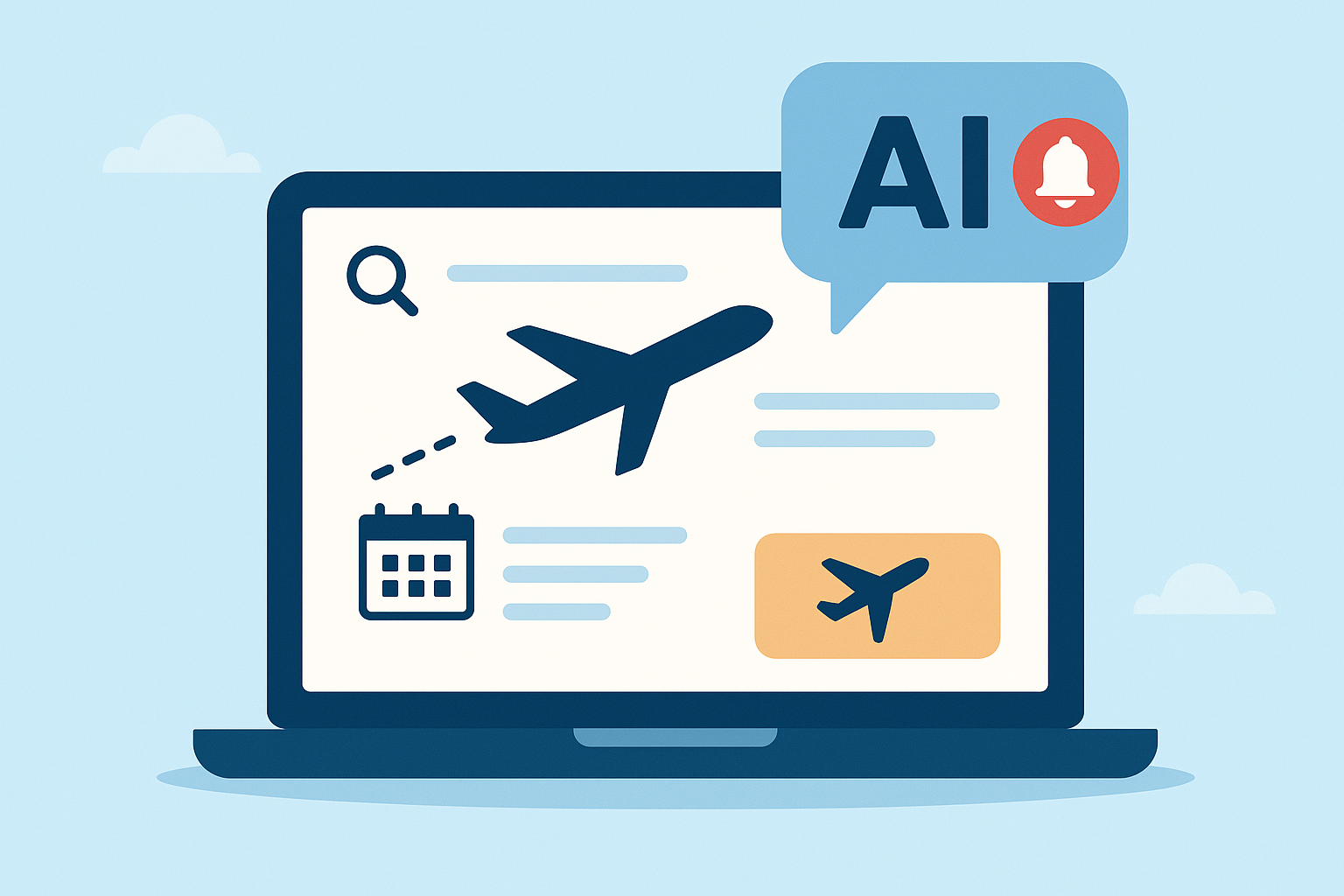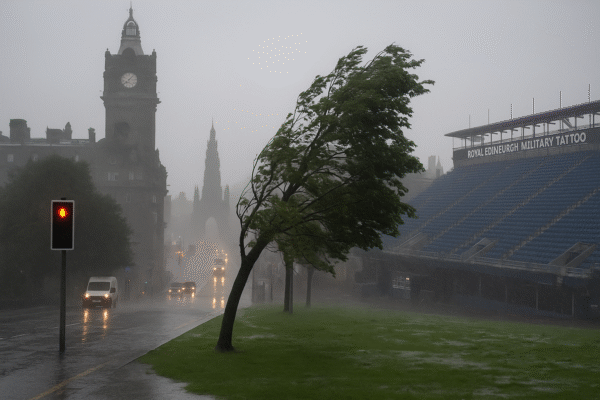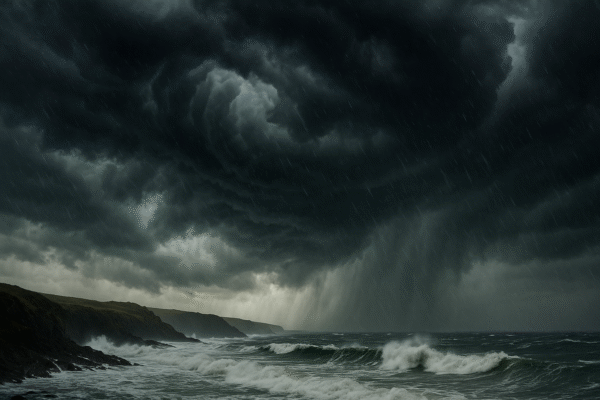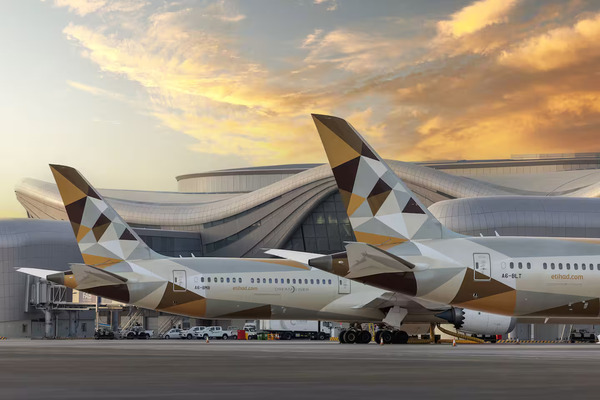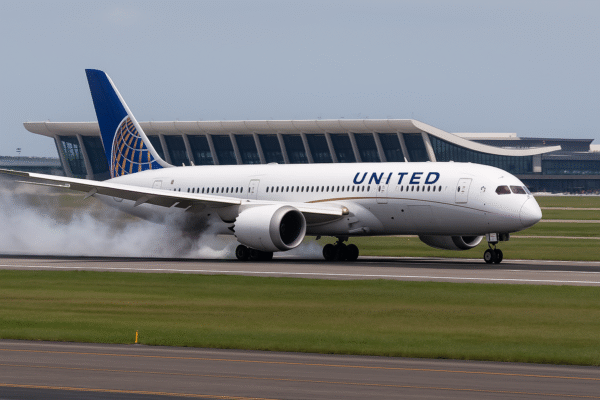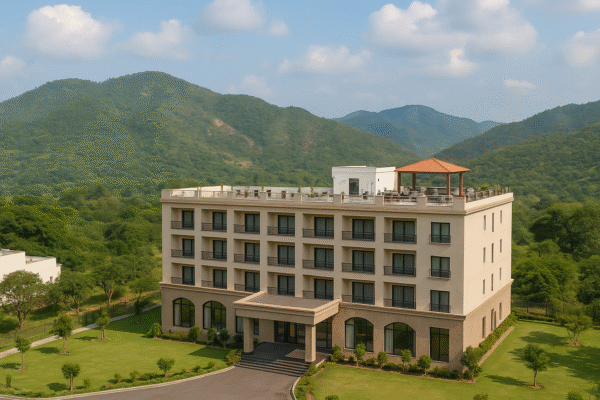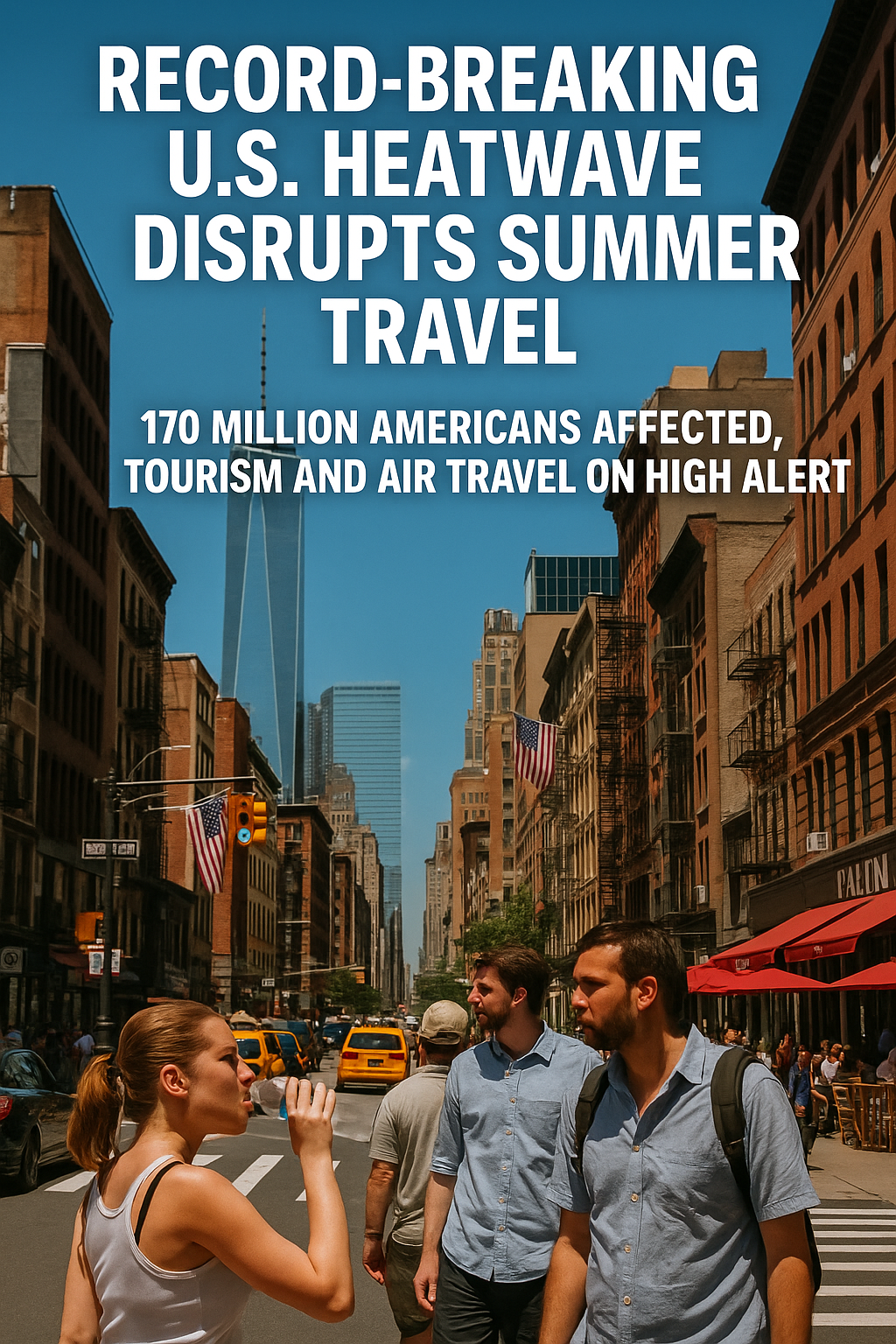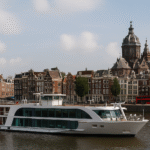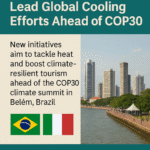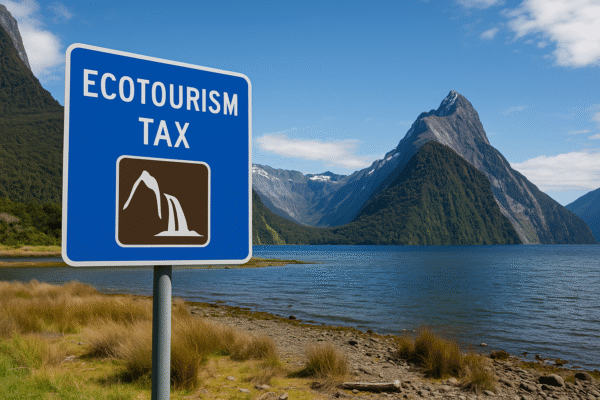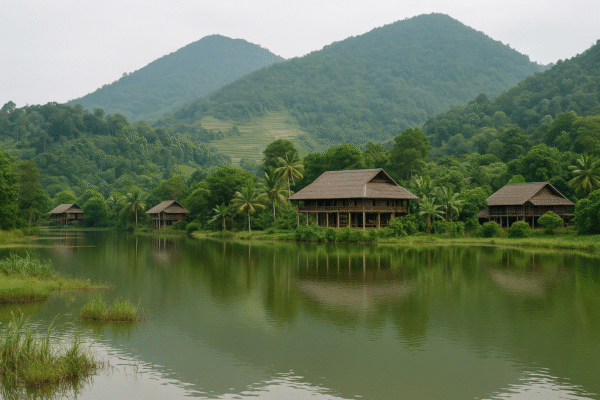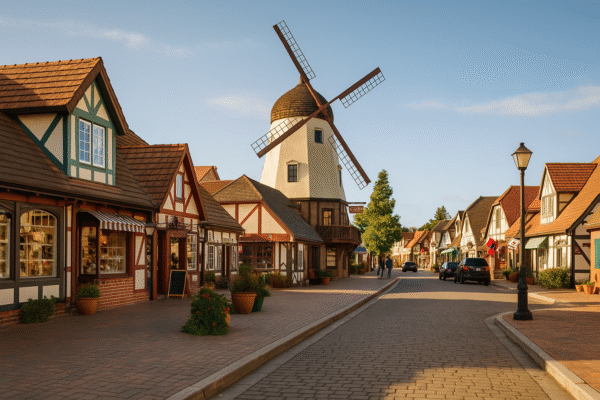A powerful and unrelenting heatwave is sweeping across the U.S., pushing more than 170 million Americans into extreme weather conditions and creating a nationwide travel and tourism emergency. With temperatures soaring above 110°F in multiple cities and RealFeel® indexes even higher, the heat is triggering chaos at airports, overloading energy grids, and disrupting summer tourism at its peak.
From the East Coast to the Midwest and Deep South, cities are buckling under the strain. Families are canceling long-planned vacations, hotels are rotating air conditioning loads, airlines are battling operational slowdowns, and local governments are scrambling to protect both residents and tourists.
Summer of Extremes: When Heat and Travel Collide
The heatwave—stretching across more than 20 states—arrives at a time of peak travel demand, amplifying its impact. Americans are on the move this summer, visiting beaches, national parks, and urban centers. But oppressive heat, dangerous humidity, and failing infrastructure are turning dream vacations into safety concerns.
RealFeel® temperatures are topping 110°F in urban centers like Chicago, Atlanta, St. Louis, Philadelphia, and Washington D.C., while nighttime temperatures are refusing to drop below 80°F. This sustained heat strain is overwhelming not only people but the systems they rely on—transportation, hospitality, and emergency services.
Air Travel in Crisis: Delays and Heat Hazards
Airports across the U.S. are seeing massive slowdowns. At Chicago O’Hare, JFK, Atlanta Hartsfield-Jackson, and Dallas-Fort Worth, high tarmac temperatures are leading to runway closures, delayed flights, and aircraft performance issues. Airlines are adjusting flight loads, restricting cargo, and grounding certain aircraft types during midday hours when heat peaks.
Airport cooling systems, already pushed to the edge by record-breaking foot traffic this summer, are under strain. Long wait times, baggage handling delays, and reduced ground crew activity due to heat risk are now daily occurrences.
Car rental companies in major cities report a sharp uptick in vehicle breakdowns, as overheated engines and malfunctioning air conditioning systems sideline vehicles in transit.
Hotel Sector: Struggling to Keep Cool
Hotels in major metros and tourist hotspots are also feeling the pressure. In Charlotte, Phoenix, D.C., and Nashville, hospitality operators are dealing with energy consumption spikes that threaten localized power outages.
Larger hotel chains have begun implementing:
- Hydration stations in lobbies
- Rotating HVAC usage schedules to prevent system overload
- Emergency cooling kits for vulnerable guests
- Medical readiness protocols to deal with heat-related illnesses
Travel booking platforms have even begun tagging listings with filters for climate control, sustainable cooling, and proximity to emergency medical care—a trend that may redefine how Americans choose accommodations in a warming world.
Theme Parks, Beaches, and Cruise Lines on Alert
Amusement parks and outdoor tourist destinations like Disney World, Grand Canyon National Park, and Nashville’s summer music festivals are revising schedules. Many are now limiting activities to early morning or late evening, while midday park closures have become more common.
Along the Atlantic and Gulf Coasts, beach tourism is rising as travelers flee inland heat. But cold water shock risks—caused by jumping into cool sea water after prolonged sun exposure—have triggered health advisories from lifeguard units in New Jersey, New York, and Massachusetts.
Meanwhile, cruise terminals in New Orleans and Miami are deploying extra medical teams, as travelers embark on ships under sweltering port conditions.
Transportation and Infrastructure: Buckling Under Pressure
Public transit systems in Philadelphia, St. Louis, and Chicago are reporting service disruptions due to heat-warped rail tracks and vehicle overheating. Emergency repair crews are working around the clock, but commuters are facing significant delays.
Ride-share drivers are pausing service during midday hours. Apps like Uber and Lyft are showing reduced availability in hot zones, while drivers report increased fatigue and health concerns.
Tourism Industry Braces for Market Shock
The economic toll is mounting. Airlines, hotels, and local businesses are burning through additional operational budgets to maintain safe environments. Energy bills are climbing, labor availability is shrinking, and guest satisfaction is dipping as vacationers cancel or alter plans last minute.
Outdoor festivals, including food fairs, concerts, and farmer’s markets in cities like Austin, Louisville, and Raleigh, have been postponed or canceled, forcing organizers to scramble for new dates or switch to virtual formats.
Health and Safety Concerns Escalate
Emergency rooms across the U.S. are seeing a spike in heat-related illnesses, particularly among elderly tourists, children, and outdoor workers. Dehydration, sunstroke, and respiratory distress are now common ER diagnoses.
Tourism authorities are stepping up with:
- Multilingual heat safety advisories at airports and hotels
- Mobile misting tents and free water distribution points
- Public cooling centers in city halls, libraries, and transit hubs
How to Stay Safe While Traveling
If you’re traveling in the U.S. during this heatwave, consider these safety steps:
- Travel during cooler hours: Early morning or after sunset
- Hydrate frequently and avoid alcohol under the sun
- Wear light, loose clothing and sun protection
- Avoid crowded transit routes or theme parks during peak heat
- Monitor local advisories and adjust plans accordingly
Final Outlook: Travel in the Age of Climate Volatility
This 2025 heatwave is not just a weather anomaly—it’s a signal of what lies ahead for global tourism in a warming world. From last-minute flight cancellations to overtaxed hotel systems, this summer’s travel chaos reveals the fragility of infrastructure under climate stress.
As the crisis unfolds, tourism stakeholders—from airlines to destination marketers—must reassess resilience planning, health protocols, and consumer expectations.
For now, the message is urgent but clear: travel with caution, flexibility, and awareness. Summer in the U.S. has entered a new era, and the ability to adapt will define the future of safe tourism.
Read more travel alerts, follow Global Travel Wire.

